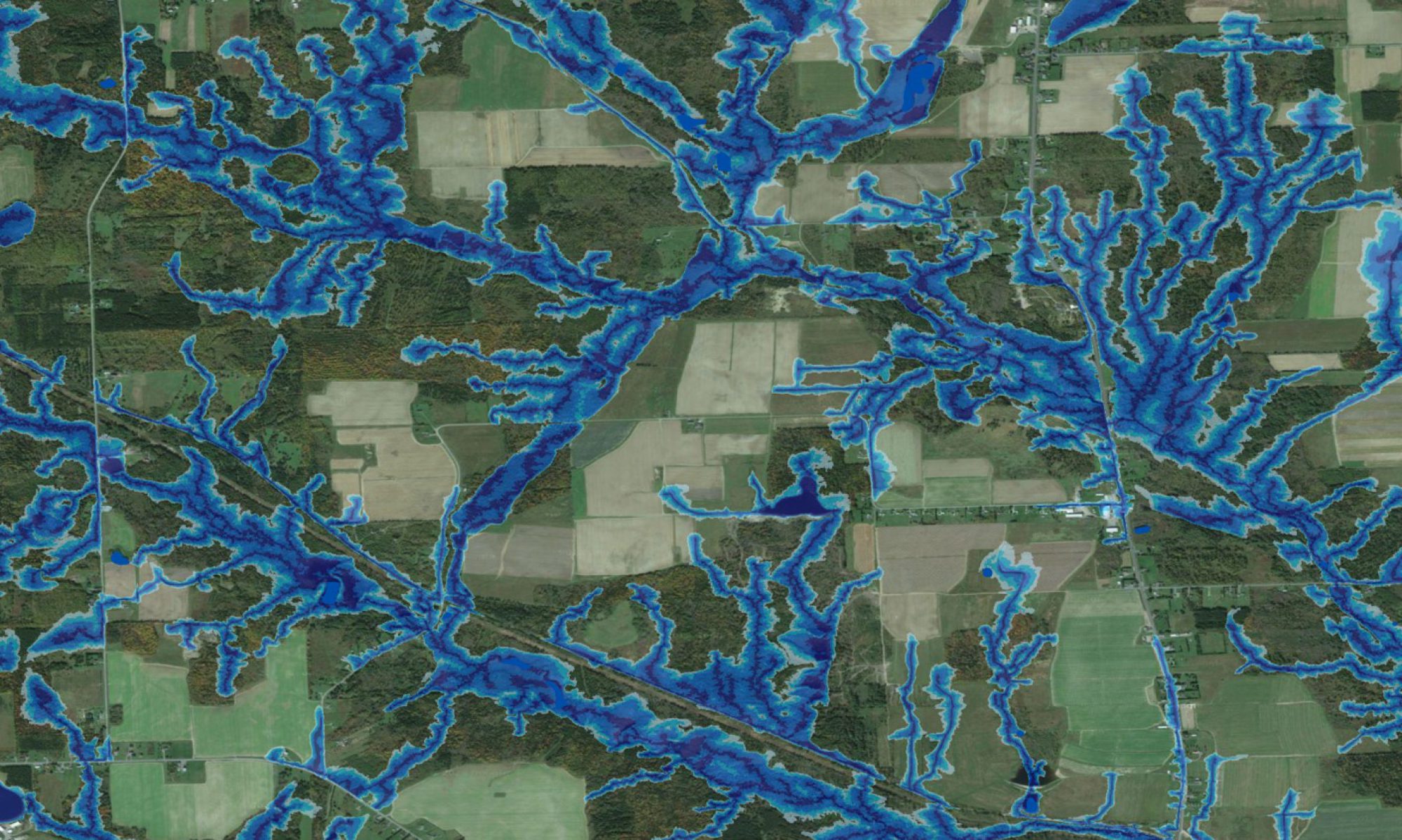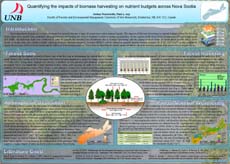 |
Knowing the rate at which wood decomposes and mineralizes is essential for terrestrial ecosystem and forest watershed modelling, especially in the context of tracking the amounts of C and N sequestered, retained and released again from wood and woody debris across biogeoclimatic zones. This poster informs about the mass and N dynamics from wooden dowels placed across North and Central America, with one half exposed to the atmosphere, and the other half moved into the soil below. Locations vary from the tropics to temperate, boreal, arctic and alpine areas, involving forests, grasslands, tundra, and wetland conditions. Typically, mass loss occurs faster than N loss, with overall loss rates fairly well quantified by simple biome and climate specifications pertaining to (i) annual precipitation and mean monthly January and July temperatures, (ii) ecosystem type (biome), and (iii) extent of dowel exposure. Data source: courtesy Mark Harmon and the LIDET team.For a similar approach concerning mass and N dynamics in forest litter, go to:C-F. Zhang, F-R. Meng, J.S. Bhatti, J.A. Trofymow, P.A. Arp. Modeling forest leaf-litter decomposition and N mineralization in litterbags, placed across Canada: A 5-model comparison. Ecological Modelling. 2008, Volume 219, Issues 3-4, Pages 342-360. Data source: courtesy A. Trofymow and and the CIDET team. |



